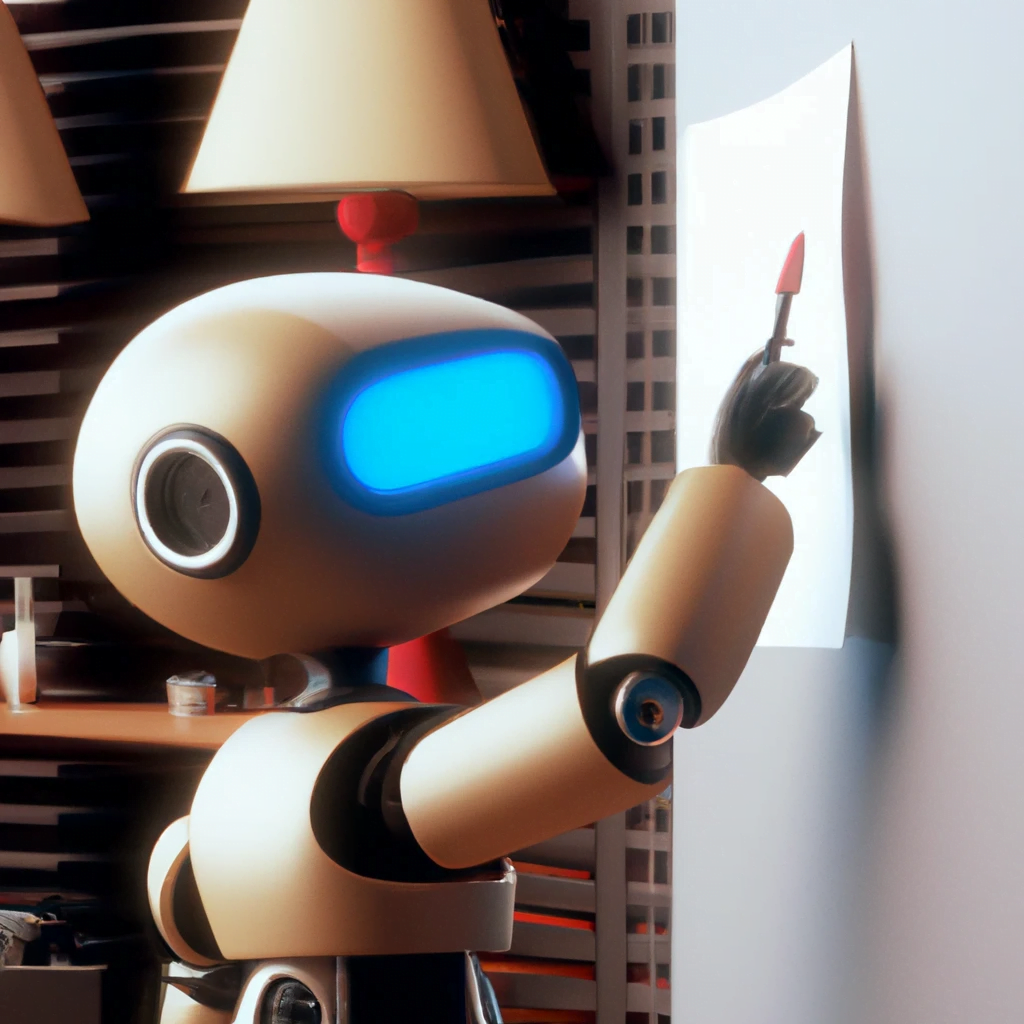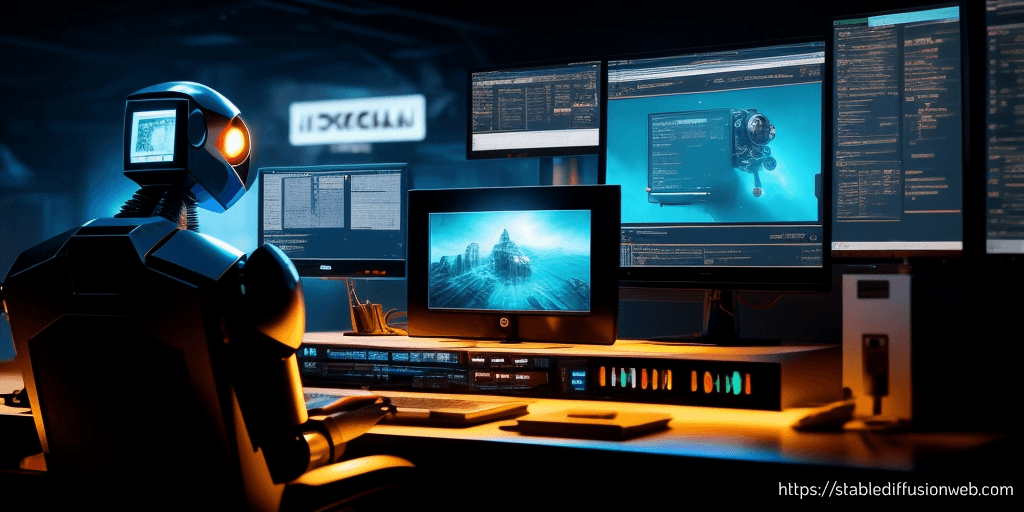Whether you want to get into a smart home or want to improve the smart home system at home, today’s article covers everything from how to start building a smart home to how to improve your existing smart home, all shared with you without any secret! Let’s get started!
Table of contents
2 important principles for building a smart home
When many people think about smart homes, they quickly start to worry about which system to choose, how to handle network connections, which devices to buy, and what scenarios and automation to implement. Based on my experience of using smart homes for 2 years, in Before making all preparations, clearly understanding 2 principles will be very helpful for the overall smart home construction:
- Invisibility: Smart home devices are inconspicuous and unobtrusive in the home, and ideally remain undetected.
- Easy to use: All family members and even relatives and friends can easily use it without adjusting their original usage habits.
invisible
Example 1. Camera installation location
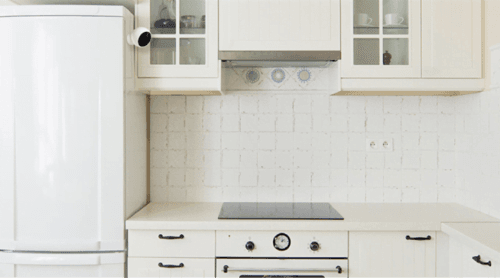
The camera is installed within the sight range of an average adult, so it is easy to feel like someone is watching you at any time.
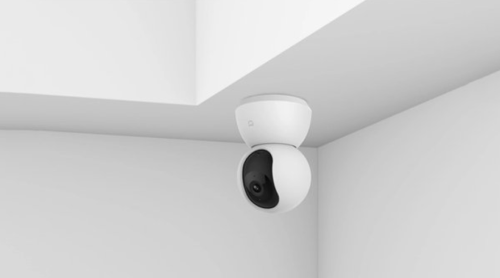
The camera is installed on the ceiling, and you rarely look up in daily life, so it is better to choose a small model if possible.
Example 2. Sensor setting location
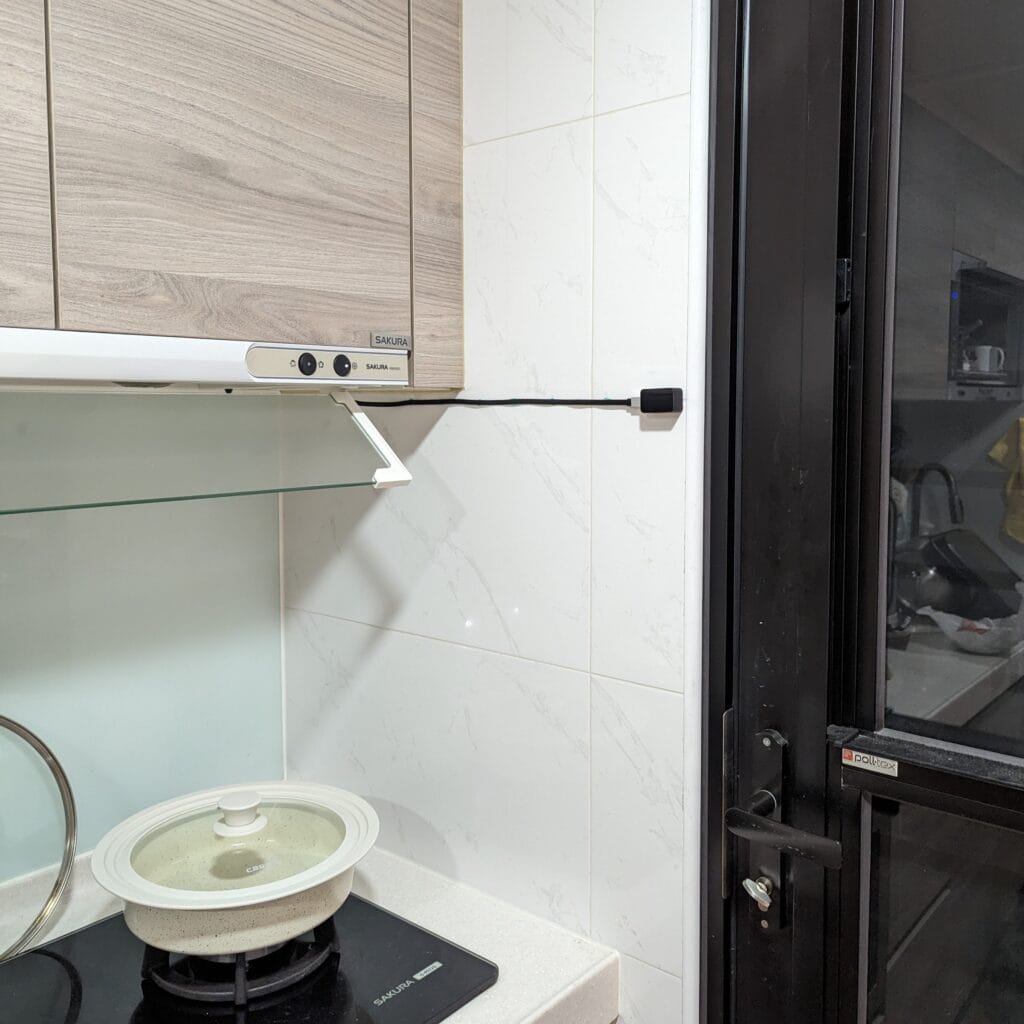
Placing the sensor in a too obvious position will ruin the overall style of the home.

The sensor is placed in an inconspicuous position and is not obtrusive.
Easy to use
Example 1. Curtain control diversity
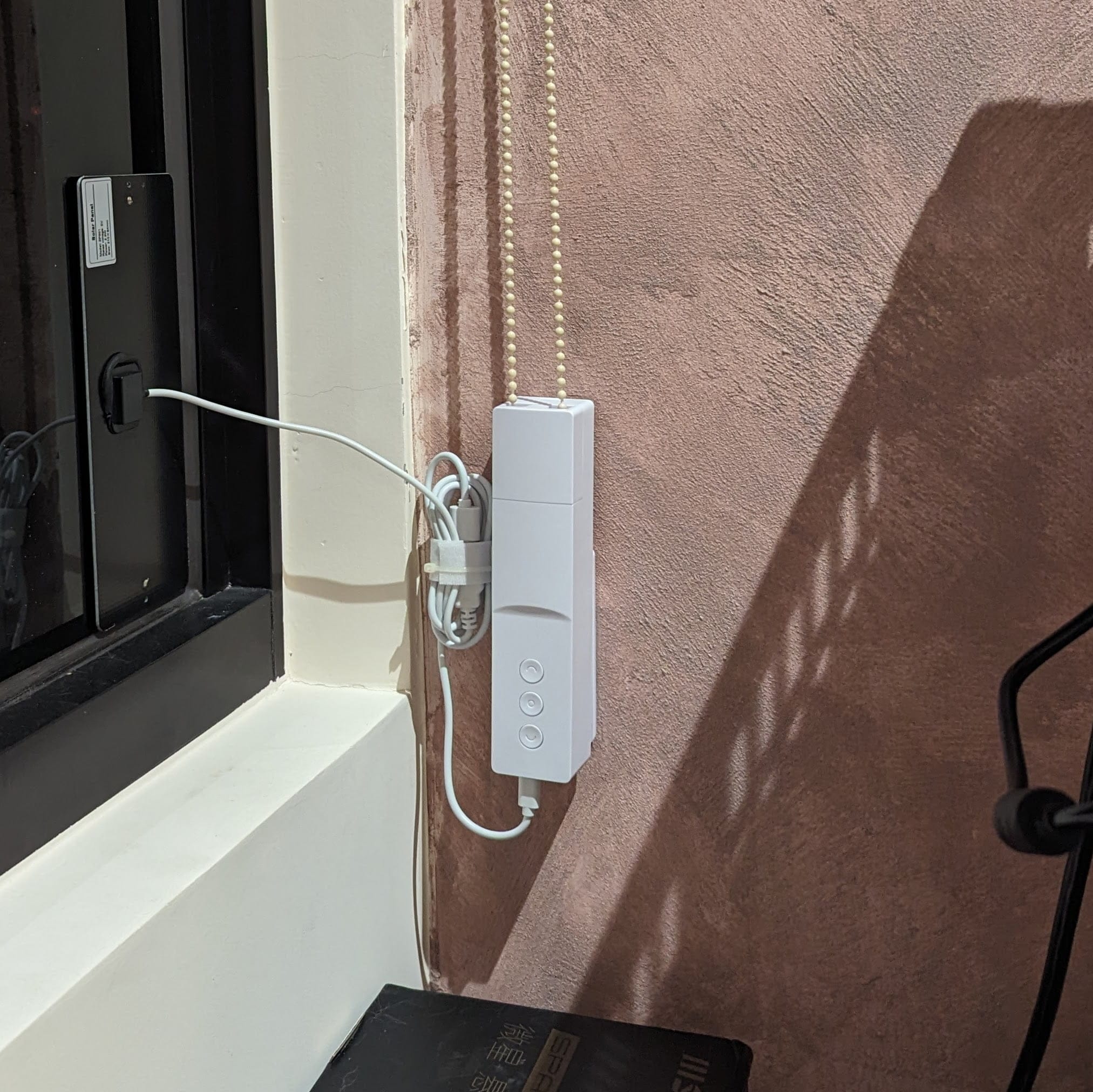
There is no intuitive control method (cord or remote control) near the curtains. If it is a commonly used curtain, family and friends will not know how to use it when they come.
🙋♂️:Hey Neil, how do you use these curtains?

The curtains can be pulled by hand and controlled by remote control. Even friends who don't know how a smart home works can still operate it intuitively.
Example 2. Switch operation mode
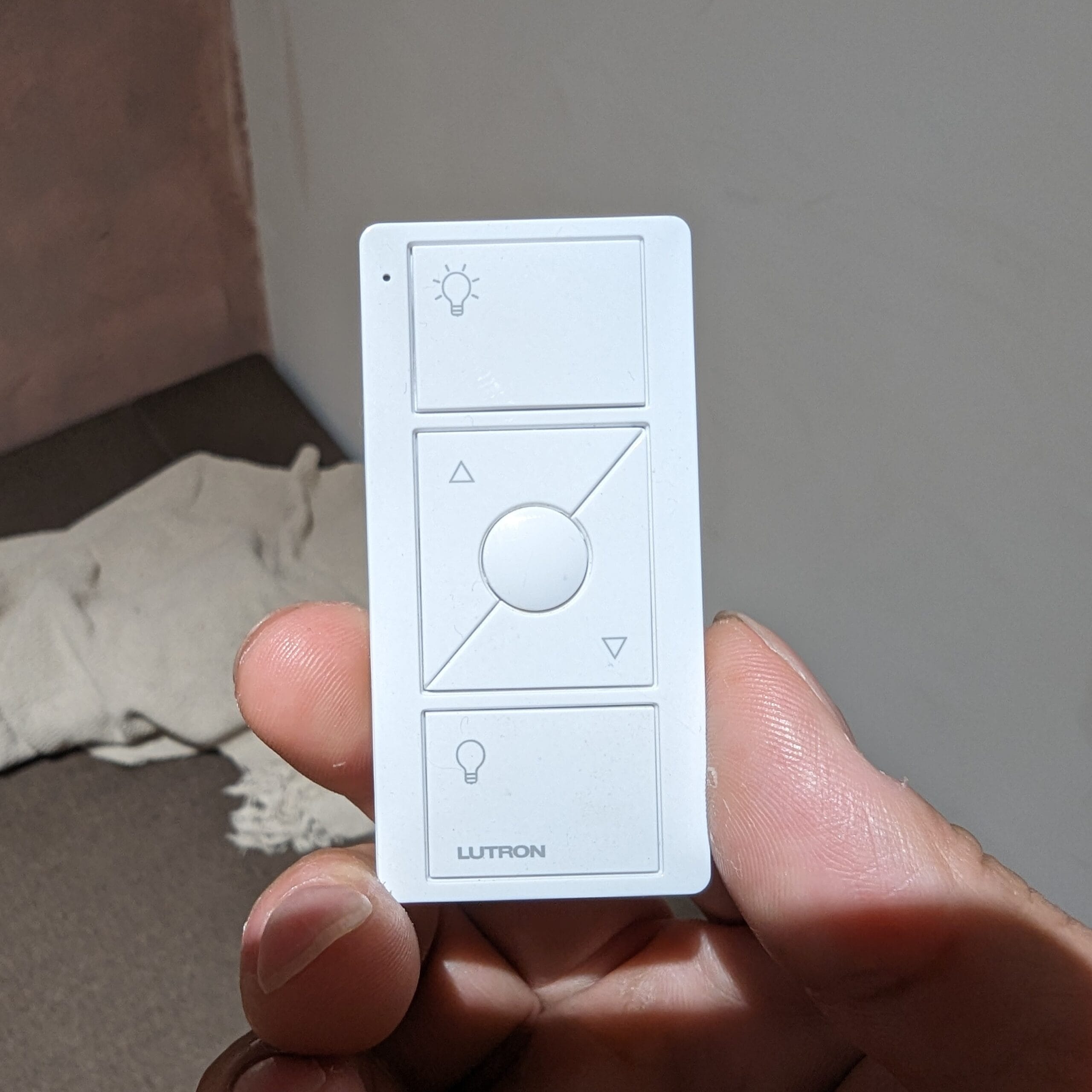
A switch that is too different from existing habits (a dimmer switch that is rare in ordinary households in Taiwan).
🙋♂️: Hey, Neil, how do you turn on this light?
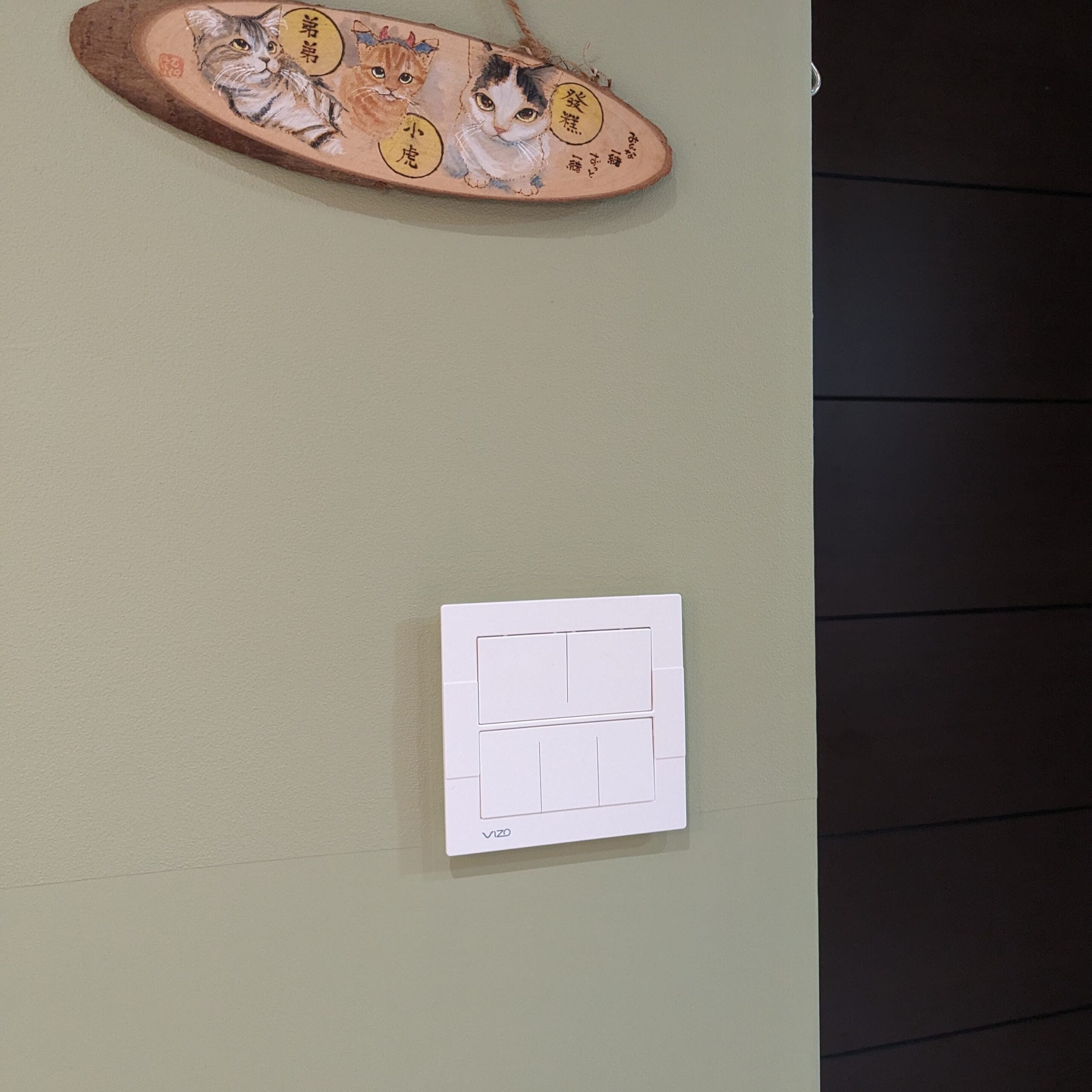
A switch that conforms to the original operating habits and requires no additional learning.
Smart home control methods
Entity manual control
This is related to the principle of "ease of use". Although the three major milestones of smart home are remote control ➜ situational linkage ➜ automation, in addition to family members, relatives and friends occasionally come to the home. At this time, physical manual control is retained that is consistent with habits. The method is very important, so that everyone does not know how to operate switches, curtains, etc.
Regarding the three major milestones of smart home, please refer to EP 1:
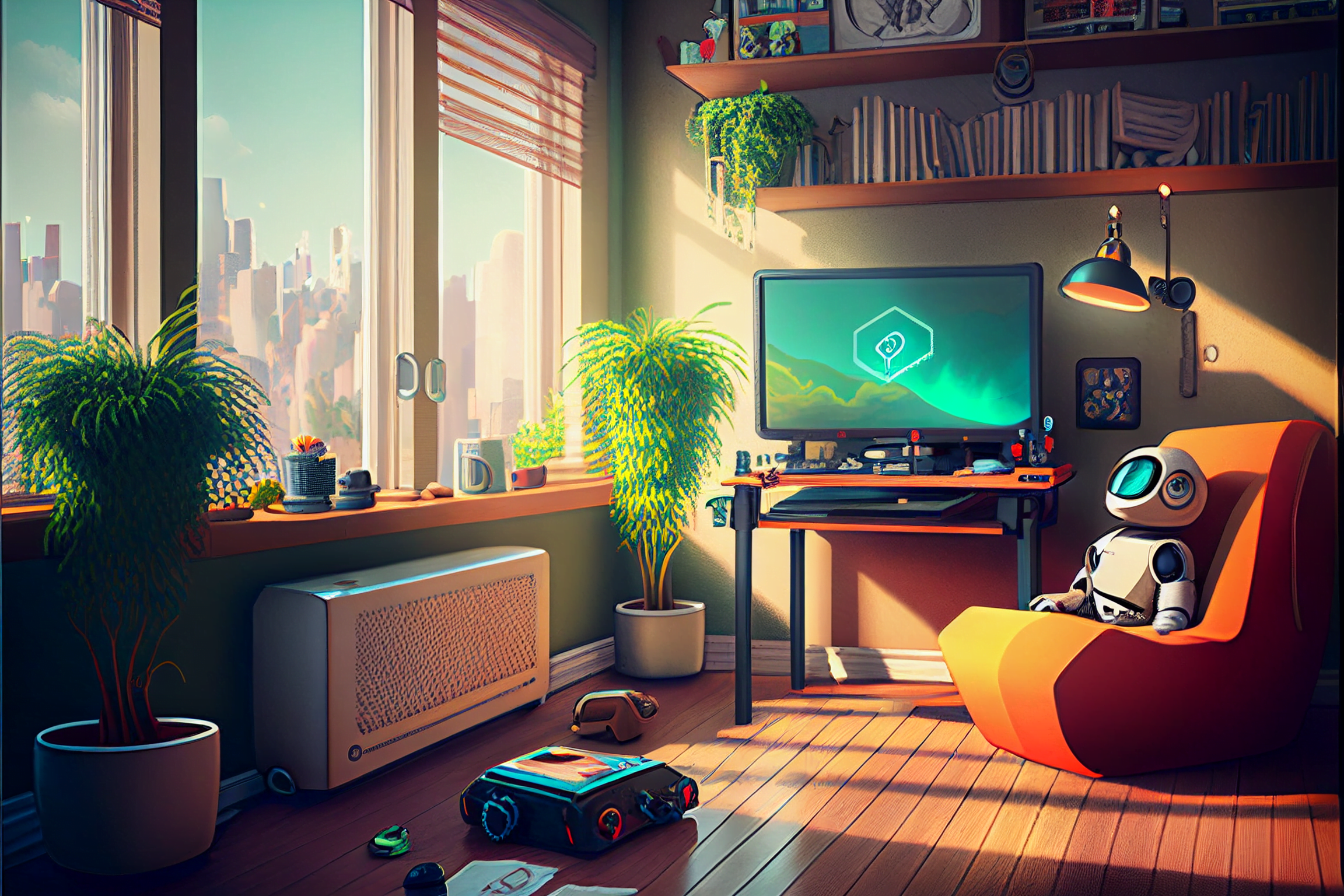
Voice control
Voice control means "Hey Siri...", "Hi Google..."... etc. to operate smart home devices through voice commands, such as turning on and off lights, executing a certain scenario... etc.
If you are new to smart homes, you may think, "I'll just put a smart speaker in every space for control."
Based on our 2 years of experience in whole-house smart home, less than 1% can use voice control. Of course, this will still vary depending on everyone’s usage habits. Ashan and I are too lazy to even talk🤣, and now At this stage, most voice assistants need to speak precise passwords to execute them correctly, even if they are just one word short.
But the voice control show is really cool to show to friends🤣
situational control
"Situational control" is also a well-known smart home control method. Common situations include: going home, leaving home, sleeping, playing video games, watching movies, etc.
"Situational control" is to combine a series of actions and execute them together. Simply put, it is a "combination skill". When "situation control" is not used, if you want to watch a movie, you have to adjust the lights, close the curtains, and turn on the air conditioner. However, when you use "situation control", you can complete it with one click, and you can also set execution conditions in the middle, such as: Turn on the air conditioner when the indoor temperature is > 27°C, and turn on the heating when the indoor temperature is < 15°C.
However, "situational control" is just a combination and needs to be paired with the "voice control" above or the "automatic control" and "mobile device control" mentioned below to trigger execution.
Automation control
"Automation control" is the most fascinating part of smart homes, and it is also the last mile in building a smart home milestone in my opinion.
The so-called "automatic control" uses the status and values detected by various devices such as weather, room temperature, brightness, sensors, etc. to determine what actions to take, such as turning on the lights when opening the door, turning on the air conditioner when someone comes home, etc. , you can refer to more complete automation settings (with so many references, you can see how important automation control is to smart homes...🤣):
remote control
The "remote control" mentioned here generally refers to the control of mobile phones, tablets, computers, smart speaker screens, etc. Most smart home device brands will have their own APPs for remote control, such as Aqara, Xiaomi, Eve, and Samsung SmartThings, Roborock, etc. all have their own APPs that can control their own smart devices. But if you think, "Then I will just use the APP provided by each company to control each brand of smart devices separately!" Then I can only follow You said you were too naive~
With the current situation of smart homes, if you want to build a complete smart home, it is almost impossible for you to complete the construction of the entire smart home with just one brand.
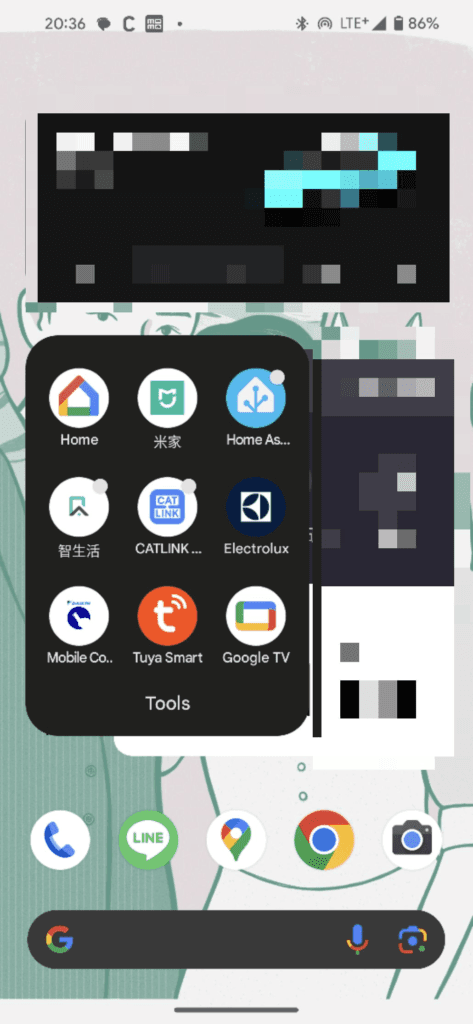
In my situation (and it is a situation that is deliberately controlled), I already have at least 6 to 7 smart home brand APPs. If I turn on the lights, I use the Aqara APP, if I turn on the air conditioner, I use the Daikin APP, and when I open the curtains, I use the SwitchBot APP... It’s really Imagine how troublesome it would be, and each APP cannot communicate with each other, so it is impossible to achieve automatic control linkage. Therefore, choosing a good smart home central system can help you use your mobile phone or computer to remotely control your smart home. It is more convenient when installing.
Smart home central system
The selection of the central system can be said to be the most important thing in building a smart home. A good central system will take your overall experience to a higher level and eliminate the need for too many complicated text descriptions. We will directly use the table to make a comprehensive comparison!
中樞 系統 | Home Assistant | Apple HomeKit | Google Home | Amazon Alexa | Samsung SmartThings |
簡易度 | |||||
泛用度 | |||||
動手 程度 | |||||
Android 適用 | ✓ | ✓ | ✓ | ✓ | |
iOS 適用 | ✓ | ✓ | ✓ | ✓ | |
綜合 評分 | |||||
適用 人群 | - 在意隱私 - 希望主控性高 - 願意動手研究嘗試 | - Apple family bucket believers - 對預算不敏感 | Loyal Android users (There seems to be no other advantages...sorry Google XDD) | - 不想動手 - 想要可以有平面圖控制 | 不想動手,但又想嘗試智慧家庭,要注意所在地區社群討論狀況,以免有問題沒地方問 |
🔔 To avoid possible integration difficulties, I recommend choosing a system and sticking to devices that are supported by that system to avoid having any smart home devices fail to integrate. 🔔
smart home device
When you have a basic understanding of smart homes and have roughly decided which smart home central system you want to use, you can then start purchasing the devices needed for smart homes. I have compiled a list of devices that are used in my home. Please take a look at the device list:
Things you need to pay attention to when purchasing smart home devices – device connection methods
Smart home devices have a variety of connection methods such as Matter, WiFi, Zigbee, Thread, Bluetooth, zWave, etc. In order to make later maintenance as simple as possible, it is particularly important to choose smart home devices with the same connection method as much as possible in the early stage.
The first choice is "Matter". "Matter" is a new protocol promoted by CSA (Connectivity Standards Alliance), which aims to unify smart home standards. In recent years, more and more devices supporting the Matter connection protocol have been launched. If you are just starting to prepare For smart homes, try to use devices that support Matter connection.
The second choice is "Zigbee". Although it is the second choice, Zigbee is the mainstay of my smart home. The advantage of Zigbee is that there are many device options. Basically, as long as you want the device, you can definitely find a Zigbee version. You can use a single One gateway covers the entire smart home.
Of course, the purpose of building a smart home is not to limit yourself, so you don’t need to be too restrictive when choosing devices. Sometimes you may use WiFi or other connection methods. It doesn’t matter. The point is that you can make yourself lazy. Lazy🤣
Let your home move "automatically"
No matter which central system you choose to use and which devices you purchase, the next most attractive thing is to use the automation of the smart home central system to help you complete chores at home. This will be the most attractive part of the entire construction process. When you see the lights and air conditioners in your home moving as you imagined, the sense of accomplishment is really amazing👍
But before you officially start, it is recommended that you start with a simple one and don’t make the automation settings too complicated at once. At the beginning, you can try to automatically turn the lights on and off through the human body sensor, and then slowly try other more complex ones. Automated settings.
For human body sensor automatic switch lights, please refer to:

For complex automation settings, please refer to:
The above is some key information for those who want to get started with smart homes in 2024. I hope it can help you. Finally, I recommend you to watch the smart home strategy video we made. Then you are welcome to join the big and beautiful pit of smart homes! 🤣 If you have any questions, please leave a message to discuss with me!
